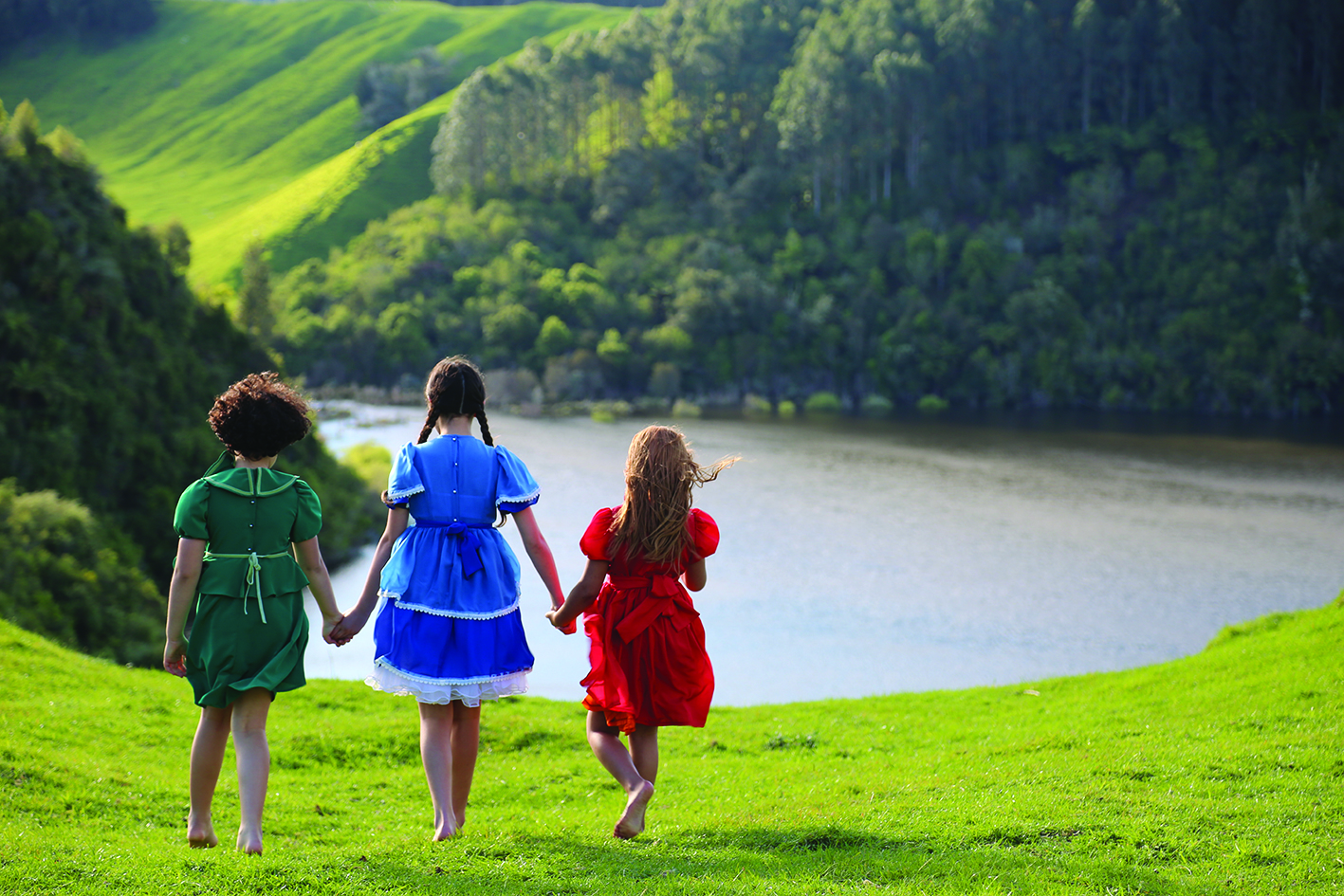The first chapter of Māori writer Patricia Grace’s 1992 novel Cousins situates the reader firmly within the inner thoughts of one of the book’s central protagonists, Mata Pairama. Initially gazing at her feet, which have become dirtied and bloodied from years of homeless wandering, Mata takes in her immediate surroundings in fragmented impressions that indicate her lack of assimilation with her environment. Grace later summarises Mata’s bleak situation through the few objects she has in her possession:
Nothing and no one, only herself and her name, a dress, a coat, hands in shoes in pockets. Mata Pairama. There was a photo in a frame and two feet to walk her. She was her own self, ugly.[1]Patricia Grace, Cousins, Penguin, Auckland, 1992, p. 14.
The use of the final word, ‘ugly’, transports Mata back to her childhood, setting in motion the novel’s non-linear structure. Travelling backwards and forwards from just after World War II to the novel’s present, Grace’s text unfolds in tune with its characters’ emotional states rather than through a chronological ordering of events.
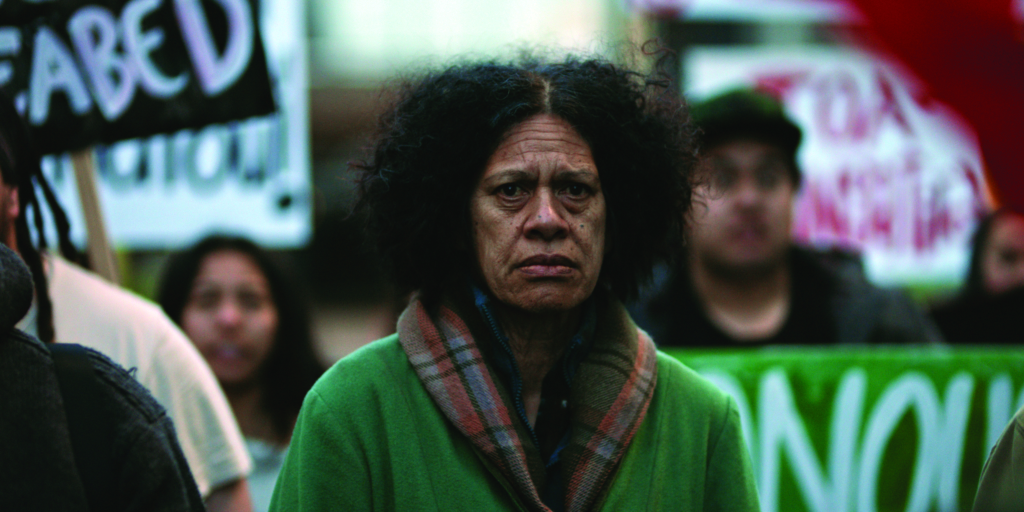
In transposing the interiority of this opening moment onto the screen in their 2021 adaptation of Grace’s novel (also entitled Cousins), co-directors Ainsley Gardiner and Briar Grace-Smith cleverly utilise the highly sensory capacity of cinema to align the film camera, and by extension the viewer, with Mata’s (Tanea Heke) perspective. Alternating between shots that frame the lined contours of her face and others taken from her point of view, the world through Mata’s eyes is an overwhelming jumble of sounds, colours, shapes, light and movement. The experience is such that, for both Mata and the viewer, Wellington’s soundscape is too loud, the objects that fill the frame appear too close, and everything is haunted by the fleeting apparition of Mata’s deceased mother, Anihera (Oribe Maipi-Tukere) – in both the framed photograph that Mata carries with her and the visions that appear and dissolve on the periphery of her sightlines. In an interview, Gardiner describes Cousins as ‘cinema you feel’,[2]Ainsley Gardiner, in ‘Cousins – Interview with Directors Ainsley Gardiner & Briar Grace-Smith (Luxury Long Version)’, YouTube, 14 June 2021, <https://www.youtube.com/watch?v=QotfhwBvJc>, accessed 4 October 2021. and this highlights her and Grace-Smith’s central preoccupation of creating an immersive geography of sensation and memory.
Co-directors Ainsley Gardiner and Briar Grace-Smith cleverly utilise the highly sensory capacity of cinema to align the film camera, and by extension the viewer, with Mata’s perspective.
Following the intertwined lives of three Māori cousins – Mata (played by Heke as an older woman, Te Raukura Gray as a young girl and Ana Scotney as an adult), Missy (Rachel House, Keyahne Patrick Williams and Hariata Moriarty) and Makareta (Grace-Smith, Mihi Te Rauhi Daniels and Tioreore Melbourne) – the film begins with a poetic flashback to the cousins as young girls. With cinematographer Raymond Edwards re-creating the blurry edges of memory in the soft details of wind ruffling through the fabric of the girls’ dresses and sunlight reflecting off the tangled strands of their hair, the sequence is accompanied by a voiceover spoken in te reo Māori that reveals what will take place in the film: ‘Three cousins. Their paths woven across time. Their lives separate. Their lives converge. They separate again. This is how it must be.’ The separation, which occurs following the only summer the cousins spend together as children, is a point of trauma that affects all three characters: despite having finally connected with her Māori family, Mata is returned to an orphanage, and subsequently leads a life marked by a series of abandonments; while Missy’s and Makareta’s respective lives are overshadowed by Mata’s absence and their continual search for her as they grow older. In Cousins,Gardiner and Grace-Smith – the latter of whom also wrote the screenplay – not only portray an intimate story of kinship and loss, but also shed light on the covert practice of closed-stranger adoption.[3]For more on closed-stranger adoption, see Ahmed Yussuf, ‘Film Cousins Tells the Story of New Zealand’s Stolen Generation’, ABC News, updated 17 June 2021, <https://www.abc.net.au/news/2021-06-12/film-cousins-newzealands-own-story-of-the-stolen-generation/100207256>, accessed 25 October 2021. In the process, the film mediates serious sociopolitical issues relating to New Zealand’s stolen generations through the personal lives of the film’s characters.
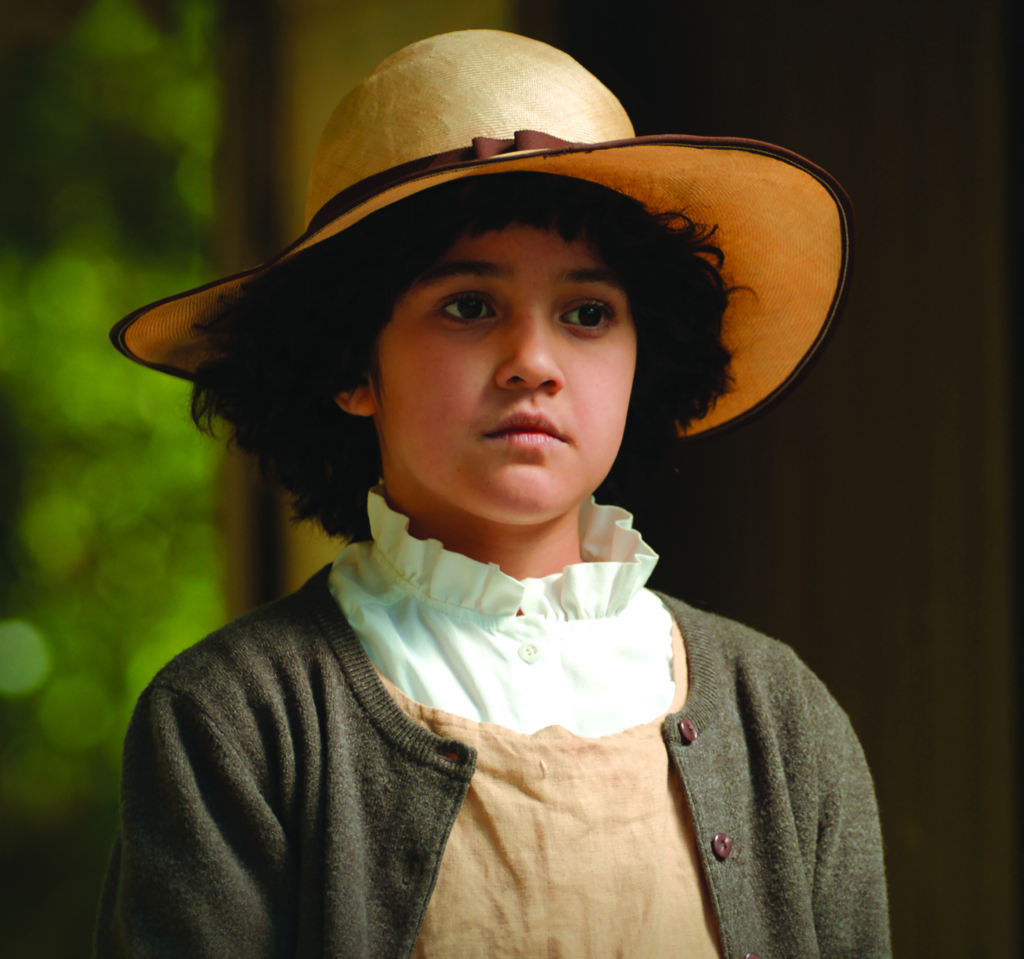
‘Where are you, Cousin?’: Genealogies of haunting and confronting the colonial past
The repetitious structure of trauma is introduced early in Cousins when the eldest version of Mata is heard muttering the nursery rhyme that she used to comfort herself as a child: ‘One is for fun / Two, find my shoe / Three, can’t see me / Four is at the door / Five, I’m alive / Six, pick up sticks / Seven, she’s in heaven / Eight, don’t be late / Nine is the time / Ten, start again.’ The circularity of the rhyme through the final call to ‘start again’ symbolically aligns with Mata’s failure to process the death of her mother. Indeed, the first vision of Anihera appears to Mata in a reflection that disappears as soon as she turns around. The lasting memory of Anihera with her hair in braids wrapped around her head and wearing a blush pink silk blouse and purple floral skirt follows Mata for the majority of the film. Problematically, Anihera does not merely reside within Mata’s memories; she also possesses a spectral presence that disrupts Mata’s everyday reality. Anihera’s final words, ‘I’ll be waiting right here when you finish school, and then I’m taking you home – back to my home,’ serve as a haunting counterpoint to what actually occurs in the film. After Mata’s father (Jack Sergent) picks her up from school, he leaves her at the Mercy Home for Desolate Children, where she is renamed ‘May Parker’ and adopted by the toxic Mrs Parkinson (Sylvia Rands). As ‘May’, Mata is brought up to comply with cultural and community values that are the opposite of those of her family – such that when, as an adult, she is asked by a Māori co-worker where her people are, she comments, ‘They didn’t want to keep me. They worship false gods and drink beer.’
At its crux, Cousins charts Mata’s personal struggle for familial reunion and a return to her community. However, her search for home cuts across broader issues relating to the legacy of British colonialism, state intervention and the disenfranchisement of Māori people. Although the book on which Cousins is based is a work of fiction, the film action is deeply embedded with events from New Zealand’s twentieth-century history. From the insertion of footage of the Māori battalion departing to fight in World War II and mid-1990s land rights protests to scenes featuring Makareta presenting a university lecture on the 1840 signing of the Treaty of Waitangi – which legalised the annexation of New Zealand by the British – and Missy’s fight against the threat to her family’s land tenure, Cousins touches on a number of key moments in New Zealand’s history. In this sense, the film functions as an important filmic text in charting the self-determination of Māori people, through both its reference to historical events and their impacts and the prominent featuring of te reo Māori in dialogue. Notably, this attention to cultural detail was not confined to the film’s diegesis; Gardiner and Grace-Smith, who are themselves of Māori background, consulted with tribal elders during the filming and collaborated with producer Libby Hakaraia to ensure that the shoot adhered to tikanga[4]That is, Māori cultural rules and practices. and paid due respect to customs and traditions.[5]‘Ainsley Gardiner and Briar Grace-Smith Interview for Cousins’, YouTube, 22 July 2021, <https://www.youtube.com/watch?v=58Zh861tuOM>, accessed 25 October 2021.
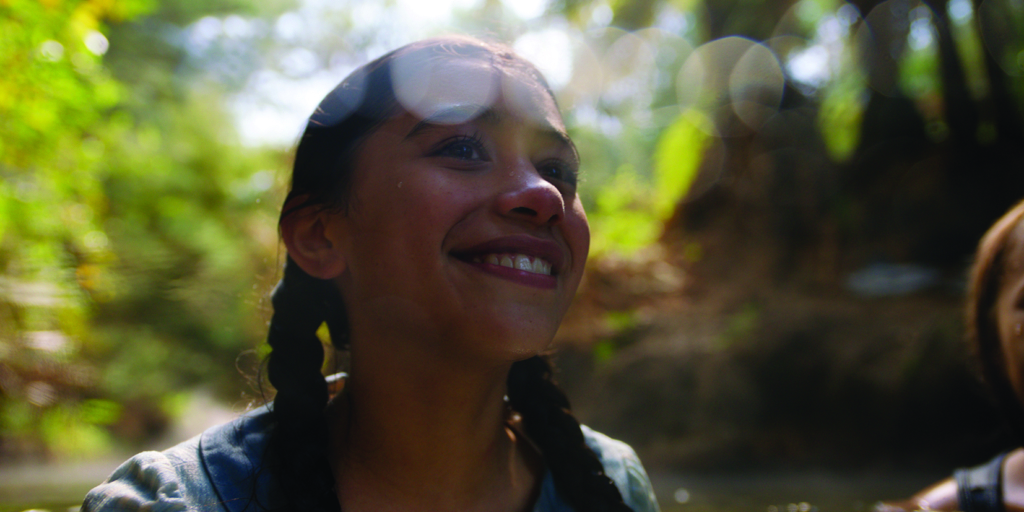
Although Cousins is an intensely moving film, its representation of the destructive effects of closed-stranger adoption is arguably part of a larger cultural and political effort to reclaim Māori narratives. As researchers Bain Attwood and Fiona Magowan write,
By recounting histories of colonialism, indigenous peoples have not only constructed an understanding but also a critique of it […] So many of these accounts, however, have been ‘hidden from history’: they have not formed a part of colonial memory but instead have been either unknown or have gone unacknowledged.[6]Bain Attwood & Fiona Magowan, ‘Introduction’, in Attwood & Magowan (eds), Telling Stories: Indigenous History and Memory in Australia and New Zealand, Allen & Unwin, Crows Nest, NSW, 2011, p. xii.
The reception of the film at the New Zealand box office, where it garnered over NZ$1 million in the first three weeks of its release,[7]‘Cousins Hits $1 Million Dollar Box Office’, media release, New Zealand Film Commission, 25 March 2021, <https://www.nzfilm.co.nz/news/cousins-hits-1-million-dollar-box-office>, accessed 25 October 2021. speaks to the eagerness of a contemporary audience to understand the emotional layers of New Zealand’s indigenous history, specifically from a feminine perspective, with Gardiner and Grace-Smith being the first Māori women to direct a feature film since Merata Mita’s Mauri (1988).[8]See Moi Santos, ‘Perspectives: Cousins Directors Ainsley Gardiner and Briar Grace-Smith on Making Films – and Making History’, Sundance Film Festival website, 28 May 2021, <https://www.sundance.org/blogs/cousins-ainsley-gardiner-briar-grace-smith-interview/>, accessed 25 October 2021.
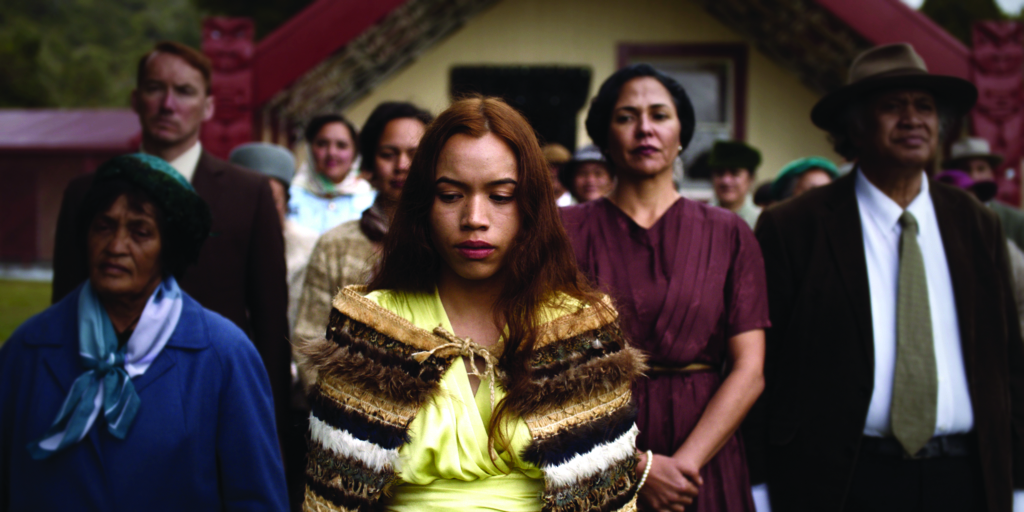
The fluidity of memory
On one level, Cousins is, in Gardiner’s own words, ‘about the impacts of colonisation’ and the loss that is caused by this political intervention – namely, the ‘loss of language, loss of culture and, ultimately, the loss of a family member’.[9]Gardiner, in ‘Cousins – Interview’, op. cit. On another level, the structure and visual textures of the film are actively concerned with recouping this loss. It is crucial that the film both begins and ends with scenes of the cousins as young girls, foregrounding the primacy of memory and storytelling. Although Mata loses her home, her family and her spiritual connection to the land, her memories of the summer she spent with her cousins remain and, unlike the visions of her mother, serve as a source of solace and childlike magic. This is realised in the scene in which Mata first arrives on her family’s property and imagines that the eyes on the face of the kōruru carved into the top of the entrance to their sacred meeting place are moving.
Significantly, Gardiner gives the film’s cinematography the role of conveying acts of remembrance through what she describes as
small details and the ways in which [they] create emotion […] For an audience, I think a lot of the emotion is contained in the real close-up detail of the way that the women and the children experience the world.[10]Ainsley Gardiner, in ‘Ainsley Gardiner and Briar Grace-Smith Interview’, op. cit.
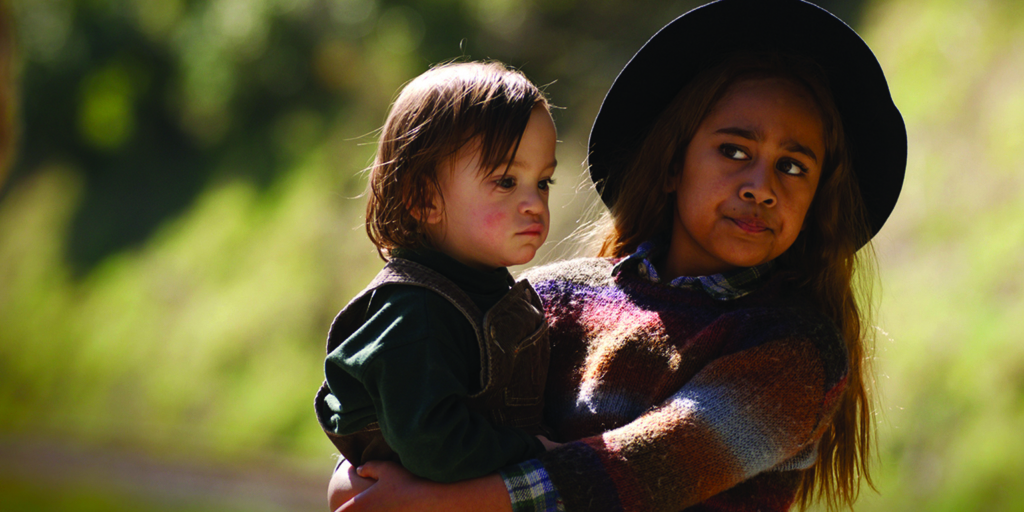
For Mata, her elevated experience of small details is bound up with the landscape and, in particular, her alignment with water. Indeed, the first object that the viewer witnesses through the eyes of the older Mata is the Bucket Fountain water sculpture located in Wellington’s Cuba Mall. In contrast with the peaceful river flowing through the valley where the young Mata is filmed playing with her cousins in the opening flashback, the water flowing from the upended buckets appears violent and unsettled. The sculpture not only grounds the film within its geographical setting and context, but also establishes the significance of water as a motif that delineates Mata’s emotional journey.
Although Cousins is an intensely moving film, its representation of the destructive effects of closed-stranger adoption is arguably part of a larger cultural and political effort to reclaim Māori narratives.
Initially, water is perceived as a threat when, as a child, Mata is bullied by older girls at the orphanage who strip her of her Bible and tell her, ‘Blackies can’t read,’ before thrusting her head into a shallow, muddy puddle. However, this baptism of colonial racism is reversed in a revelatory flashback in which Mata claims to see the taniwha – a creature from Māori mythology that dwells within pools of water – when she is swimming in the river with her cousins. Although her sighting of the taniwha could be dismissed as an attempt to impress her cousins, it can be seen more compellingly as an acknowledgement of her Māori identity. The continual presence of water symbolises not only Mata’s reconciliation with her culture, but also the temporal flow of the film, which Gardiner claims represents the ‘nature of time’ in Māori culture in which ‘past, present and future essentially all go hand in hand’.[11]ibid. Moreover, water possesses deeper cultural resonances as the central life force in Māori culture, with the word ‘waitangi’ – the name affixed to the treaty that, as scholar Martin Blythe writes, functions as ‘the most powerful symbol as far as the national mythology is concerned’ – meaning ‘weeping waters’.[12]Martin Blythe, Naming the Other: Images of the Maori in New Zealand Film and Television, The Scarecrow Press, Metuchen, NJ & London, 1994, p. 6. By paralleling private trauma and national history in Cousins, Gardiner and Grace-Smith portray the emotional repercussions that are often obscured in historical accounts.
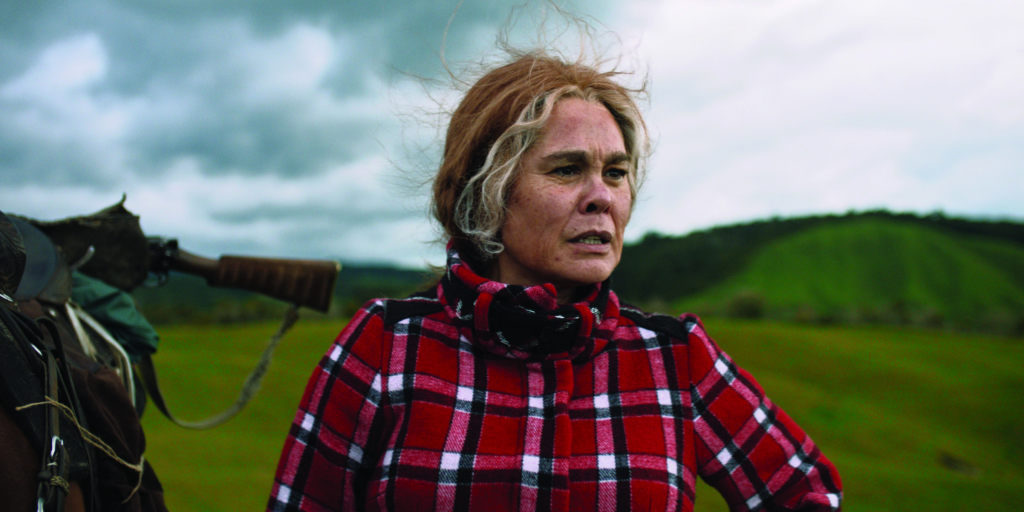
As Cousins reaches its denouement, Mata, as an older woman, is eventually reunited with Makareta and Missy, and the heightened visual and audio stimuli that had previously overwhelmed the cinematography and sound design in the scenes set in Wellington notably subside. It is also at this point that the ghost of her mother symbolically leaves the frame, intimating Mata’s reintegration with her environment and the start of the process to heal her trauma. In realising the premonition of Keita (Miriama Smith), Makareta’s mother, that ‘the land, her ancestors will bring her home’, Gardiner and Grace-Smith present a cinematic elegy for generations of displaced Māori children who have lost their connection to their culture and community. In so doing, Cousins emphasises the intense spiritual ties between memory, belonging and the act of returning home.
Endnotes
| 1 | Patricia Grace, Cousins, Penguin, Auckland, 1992, p. 14. |
|---|---|
| 2 | Ainsley Gardiner, in ‘Cousins – Interview with Directors Ainsley Gardiner & Briar Grace-Smith (Luxury Long Version)’, YouTube, 14 June 2021, <https://www.youtube.com/watch?v=QotfhwBvJc>, accessed 4 October 2021. |
| 3 | For more on closed-stranger adoption, see Ahmed Yussuf, ‘Film Cousins Tells the Story of New Zealand’s Stolen Generation’, ABC News, updated 17 June 2021, <https://www.abc.net.au/news/2021-06-12/film-cousins-newzealands-own-story-of-the-stolen-generation/100207256>, accessed 25 October 2021. |
| 4 | That is, Māori cultural rules and practices. |
| 5 | ‘Ainsley Gardiner and Briar Grace-Smith Interview for Cousins’, YouTube, 22 July 2021, <https://www.youtube.com/watch?v=58Zh861tuOM>, accessed 25 October 2021. |
| 6 | Bain Attwood & Fiona Magowan, ‘Introduction’, in Attwood & Magowan (eds), Telling Stories: Indigenous History and Memory in Australia and New Zealand, Allen & Unwin, Crows Nest, NSW, 2011, p. xii. |
| 7 | ‘Cousins Hits $1 Million Dollar Box Office’, media release, New Zealand Film Commission, 25 March 2021, <https://www.nzfilm.co.nz/news/cousins-hits-1-million-dollar-box-office>, accessed 25 October 2021. |
| 8 | See Moi Santos, ‘Perspectives: Cousins Directors Ainsley Gardiner and Briar Grace-Smith on Making Films – and Making History’, Sundance Film Festival website, 28 May 2021, <https://www.sundance.org/blogs/cousins-ainsley-gardiner-briar-grace-smith-interview/>, accessed 25 October 2021. |
| 9 | Gardiner, in ‘Cousins – Interview’, op. cit. |
| 10 | Ainsley Gardiner, in ‘Ainsley Gardiner and Briar Grace-Smith Interview’, op. cit. |
| 11 | ibid. |
| 12 | Martin Blythe, Naming the Other: Images of the Maori in New Zealand Film and Television, The Scarecrow Press, Metuchen, NJ & London, 1994, p. 6. |
